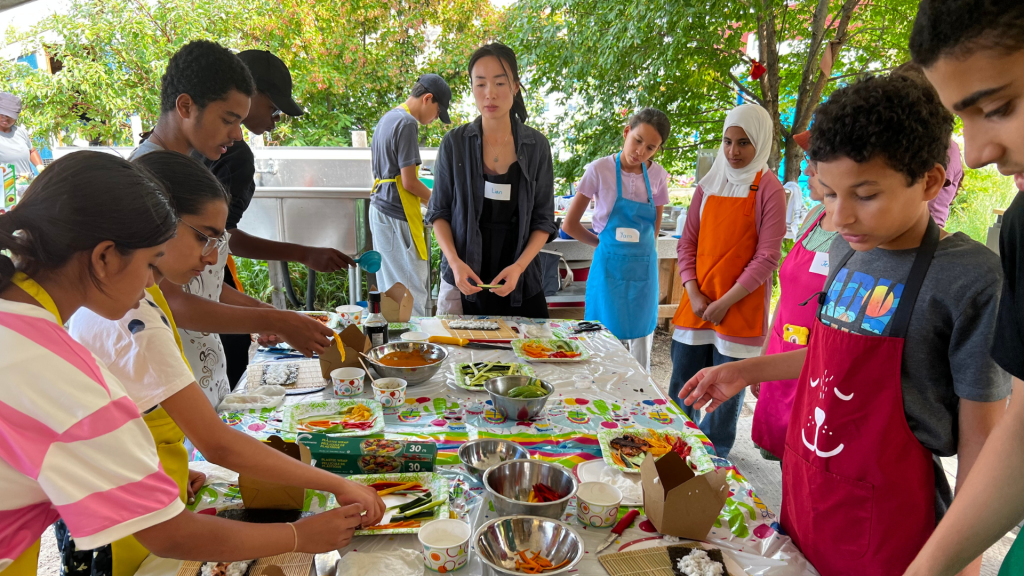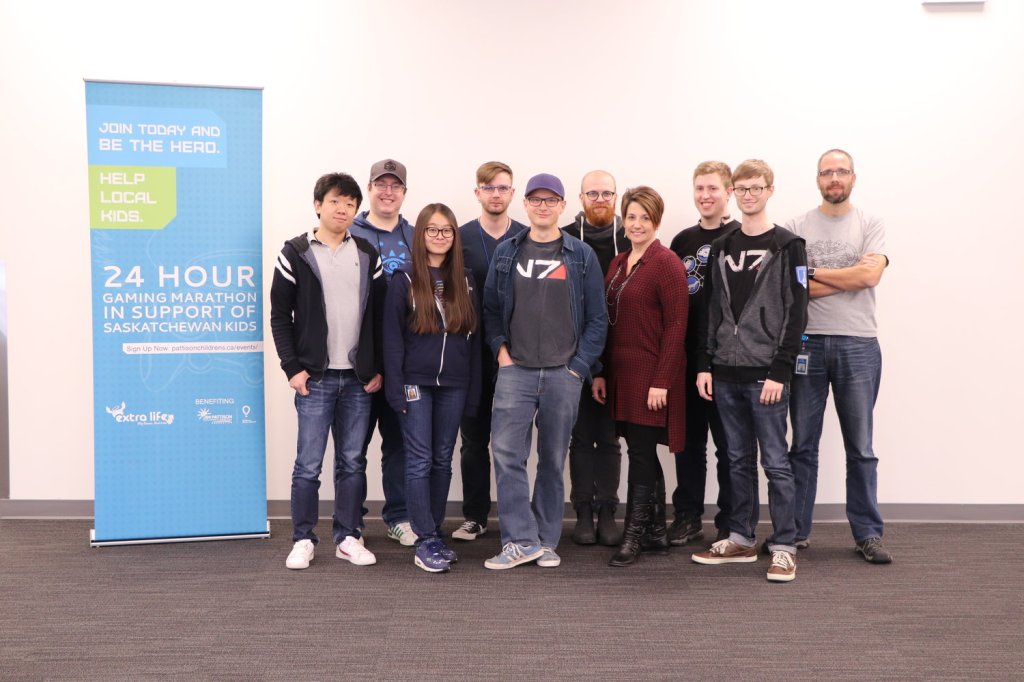Inside the Saskatoon Food Bank’s nutrition program
In Saskatoon, the challenges of food insecurity are deeply felt. The Saskatoon Food Bank & Learning Centre (SFBLC) is answering that challenge by going above and beyond. Under the leadership of executive director Laurie O’Connor, the organization provides community members with tools to thrive. “Our nutrition program is very near and dear to us,” said […]



